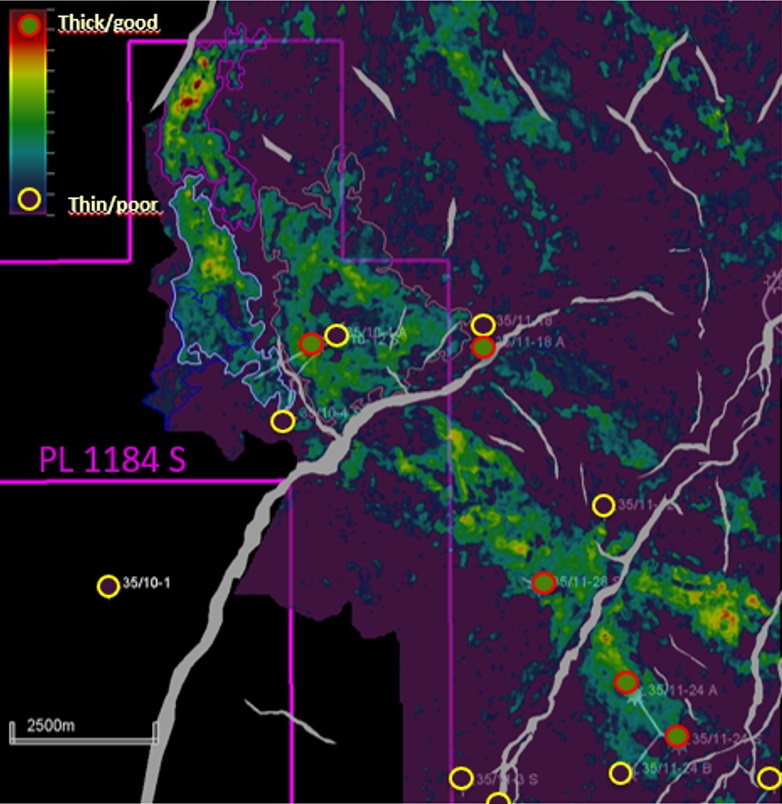This story was first published on GEO EXPRO.
Let’s take a step back and look at the structures targeted in the early days of North Sea exploration. It is no surprise that back then, the big fields were found first, as the seismic data was rudimentary and only really lent itself to identifying the major traps.
Fast forward to today, and the way seismic data is used to better understand the subsurface is remarkable. Subtle traps can now be explored and, even better, reservoir heterogeneity within the closure itself. It is that latter aspect that has allowed Wellesley and partner Equinor to turn an initially uneconomic discovery into an economic one. Here’s how.
The Gnomoria discovery was made in 2018 through drilling well 35/10-4 A. It found an Upper Jurassic succession of turbidite deposits associated with a delta system positioned to the southeast. However, the targeted sand proved too fine-grained and was cemented, even though oil shows were reported. The conclusion at the time was that if a more porous reservoir could be found, the discovery might work. That’s where new seismic inversion data came in.
Aided by surrounding offset wells drilled since the initial Gnomoria discovery well, and using Viridien’s latest shoot over the North of Troll area, a team from Qeye performed a full elastic and direct probabilistic inversion exercise across the discovery in an attempt to better predict the spatial distribution of the different facies in the interval of interest.
One of the main outcomes was that the 35/10-4 A well was drilled in a location where the inversion predicted non-productive reservoir. However, all around the well, the probability of finding productive reservoir turned out to be greater than 60%, making a clear case to drill an appraisal well.

Before making a call on that, the team first wanted to better understand why the reservoir in the discovery well was so fine-grained, also compared to offset wells. After a careful mapping exercise, the most logical explanation seemed to be compensational stacking, with the poor section in 35/10-4 A being deposited in an area where the underlying turbidite sand was well developed, blocky and thick. This created a more unconfined environment for the subsequent sand input, resulting in a poorer and finer-grained nature than the surrounding and more confined areas of flow. This allowed the team, together with the seismic inversion results, to take the decision to appraise the discovery. The results confirmed predictions.
35/10-12 S did indeed find more net reservoir than the discovery well, in line with a less well-developed underlying sand. A 21 m hydrocarbon column was proven, with an average porosity of around 12%. The expected volume range for Gnomoria now stands between 5 and 25 MMboe.

![window.adn = window.adn || {};
adn.calls = adn.calls || [];
adn.calls.push(function() {
adn.request({
network: "2cddc6",
adUnits: [{
auId: "2e0bfb",
auW: 1230,
auH: 480
}]
});
});
Gnomoria appraisal success via seismic inversion and sound depositional modelling](https://geo365.no/wp-content/uploads/2025/05/Gnomoria_xsection-768x542-1.jpg)